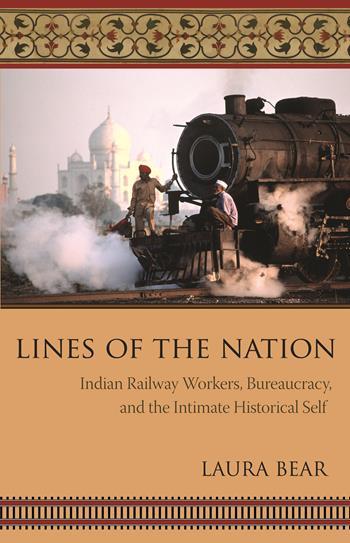Artists, Educators Laud Black Heritage In Dominican RepublicPosted in Anthropology, Articles, Caribbean/Latin America, Economics, Media Archive, Social Science on 2013-10-13 22:24Z by Steven |
Artists, Educators Laud Black Heritage In Dominican Republic
The Associated Press
2013-10-11
Ezequiel Abiú López, Foreign Correspondent
The Associated Press
SANTO DOMINGO, Dominican Republic (AP) — In a school auditorium filled with laughing students, actresses Luz Bautista Matos and Clara Morel threw themselves into acting out a fairy tale complete with a princess, a hero and acts of derring-do.
Morel had wrapped a white plastic sheet around her multi-colored blouse, while Bautista donned a brown paper bag over her blue tights. The two black actresses wore their hair free and natural, decorated only with single pink flowers.
“Yes, you’re a princess,” said Bautista to Morel, who fretted that she didn’t look like a traditional princess with her dark complexion and hair. Bautista then turned to a young girl sitting in the front row, who shared the same African-descended features as both actresses. “And you too,” Morel said as the child smiled back at her.
The theater group Wonderful Tree has visited schools all over Santo Domingo and some in the countryside to spread the word among black children that their features and heritage should be a source of pride. That message, though simple, has been nothing less than startling in this Caribbean country, where 80 percent of people are classified as mulattos, meaning they have mixed black-white ancestry, but where many still consider being labeled black an offense.
Wonderful Tree represents a larger cultural movement that’s working to combat the country’s historic bias through arts and education. The Dominican choreographer Awilda Polanco runs a contemporary dance company that’s trying to rescue Afro-Caribbean traditions, while the Technological Institute of Santo Domingo has been training primary school teachers to respect and celebrate their students’ African heritage, including through skits that young children can more easily understand.
It’s a bid to transform a color-obsessed society where a majority of the country’s 10 million people choose to identify themselves as “Indio” — or “Indian” — on government documents despite their black roots, and many reject afros in favor of closely cropped hair or sleek blowouts. Public schools for decades even prohibited students from attending classes with their hair loose or in a natural frizz.
Such hair, in fact, is called “bad hair” in the local Spanish lexicon while straightened hair is “good hair.”…
…Women in the Dominican Republic spend an estimated 12 percent of their household budgets on hair salons and treatments, according to “Good Hair, Bad Hair,” which included an economic and anthropological study of Dominican beauty salons.
Dictator Rafael Leonidas Trujillo, who oversaw the killing of some 17,000 Haitians in 1937 in an effort to expel them from the Dominican Republic, was himself a mulatto who used makeup to make his face lighter.
Trujillo was the first to include the term “Indio” in official documents, said historian Emilio Cordero Michel…
Read the entire article here.
